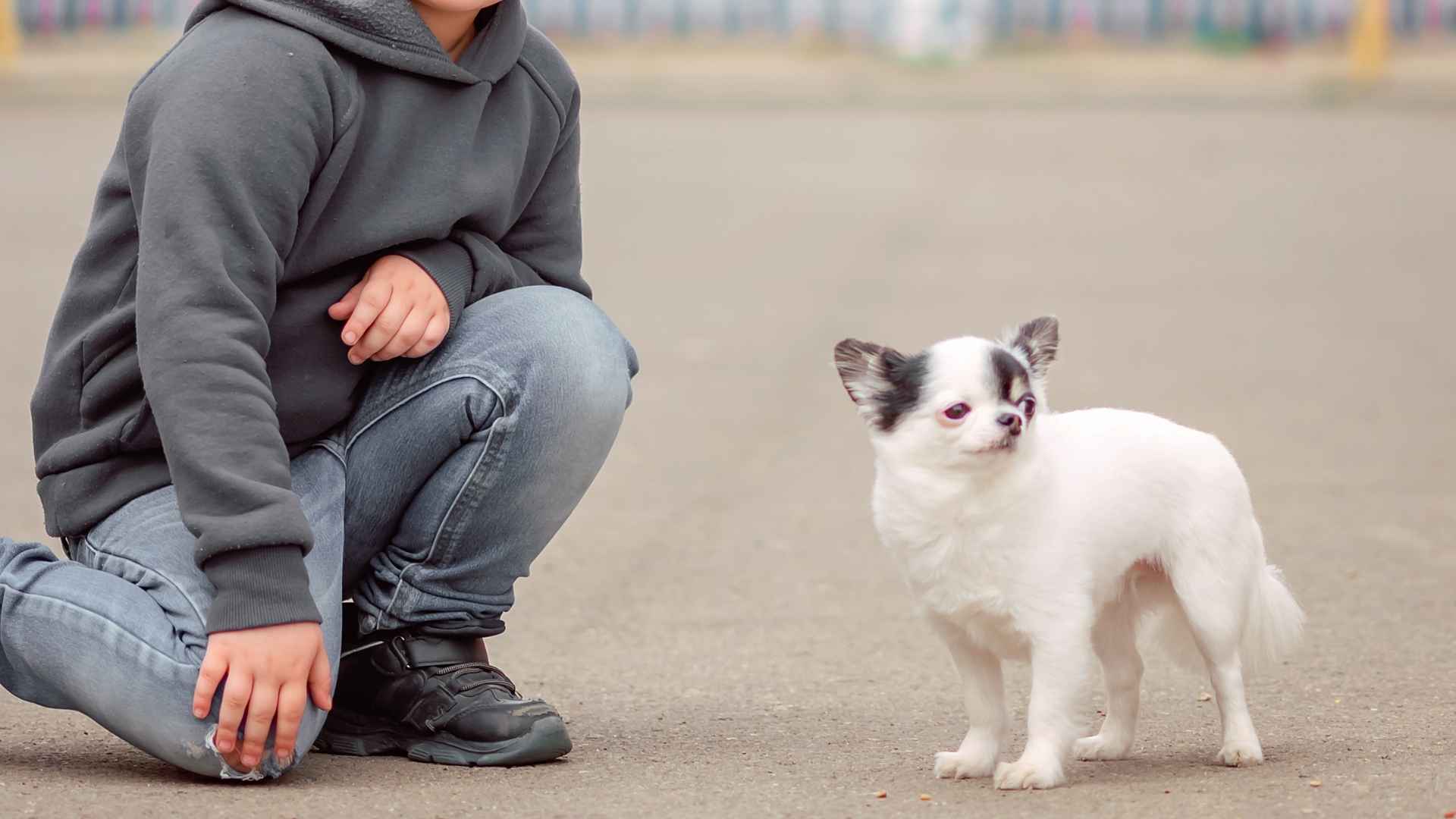Dogs are often cherished as loyal companions and beloved family members, but not every breed is an ideal match for every household. While many dogs thrive in homes with children, others may struggle to adjust due to their unique temperaments, energy levels, or behavioral traits.
It’s a common misconception that any dog automatically makes a perfect gift for kids. In reality, choosing the wrong breed can lead to stress, frustration, and even safety concerns for both the dog and your family.
Every dog breed has distinct characteristics. Some are more tolerant and patient, while others may have strong guarding instincts, territorial behaviors, or lower thresholds for noise and unpredictable activity—traits that don’t always mesh well with young children.
In this article, we’ll explore dog breeds that tend to be less tolerant of children and explain why they may not be the best fit for families with kids.
Less Tolerant of Children Dog Breeds
1. Australian Shepherd
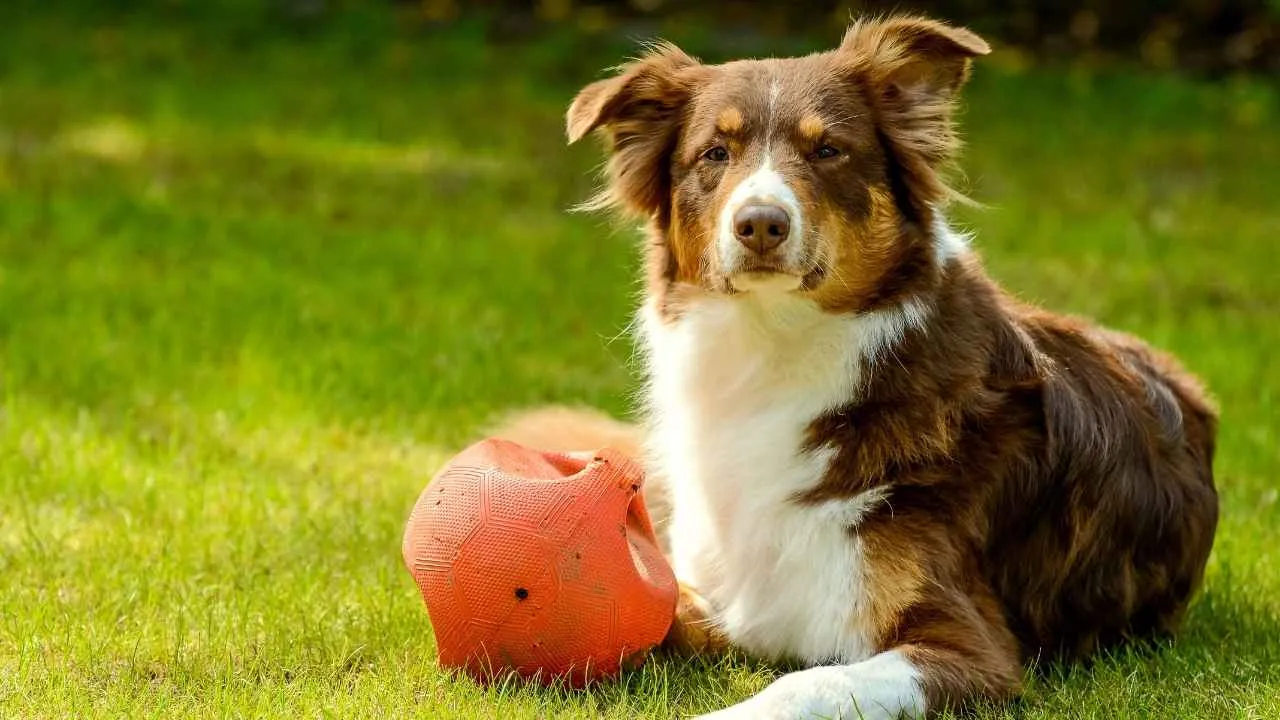
The Australian Shepherd is quite a popular dog in the dog world.
These dogs are considered to be loyal and loving.
They are fun-loving and prefer playing rather than snuggling in bed or taking a nap. They are filled with energy and are always looking for ways to utilize it.
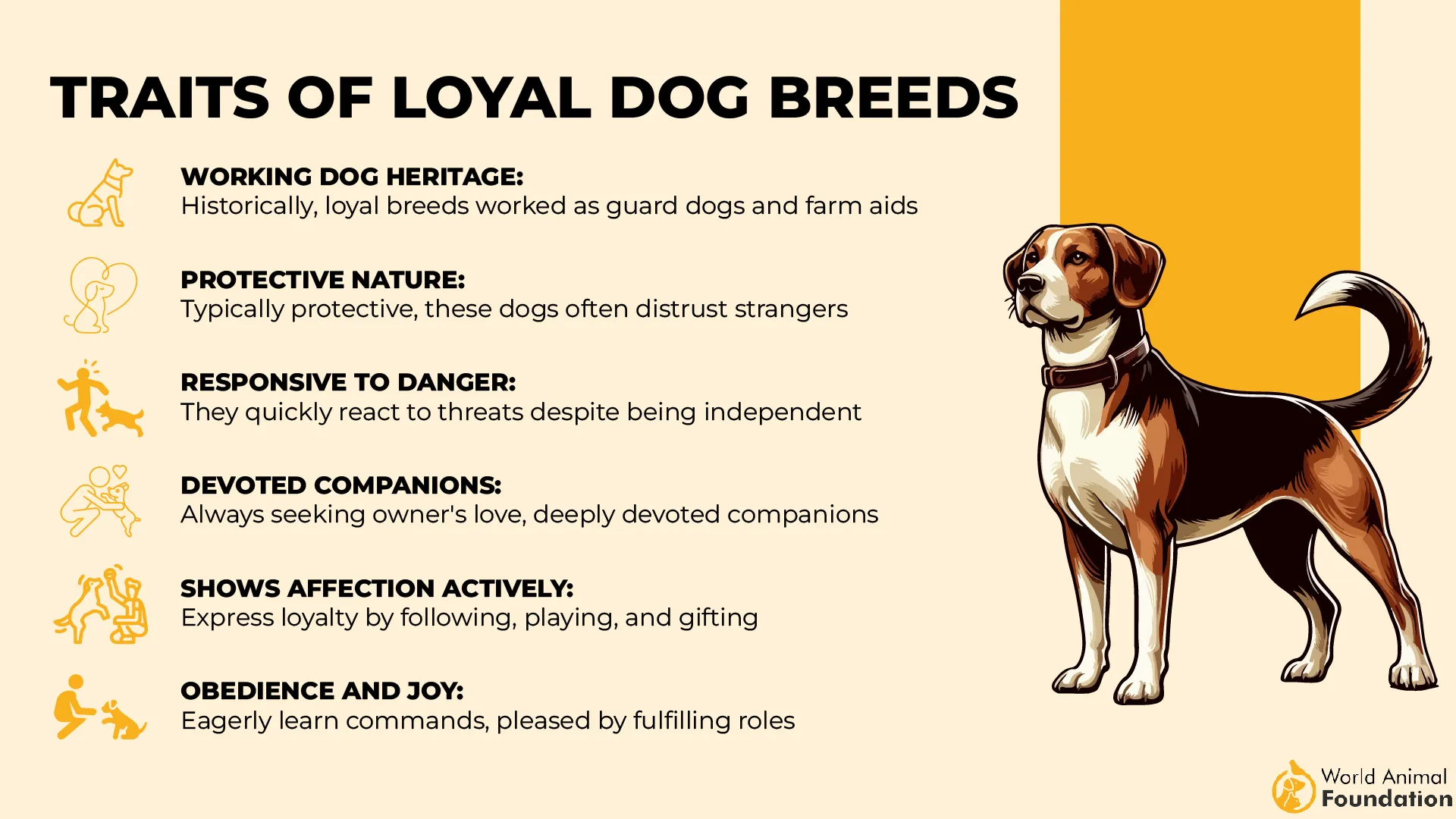
However, a lot of pet owners think these herding dogs are not suitable for homes with little kids. This is mainly owing to the natural instinct to herd others. They may nip at small children. This is an extremely unsafe behavior and must be checked.

Certain dog breeds are really reactive, and PetMD says this is one of them. It reacts instantly, without considering the age of the other person.
Also, as they are super energetic, they are deemed to be unsafe around babies.
However, if your kids are all grown up and want an energetic pet to play with in the yard, this would be a suitable option for you.
2. Chow Chow
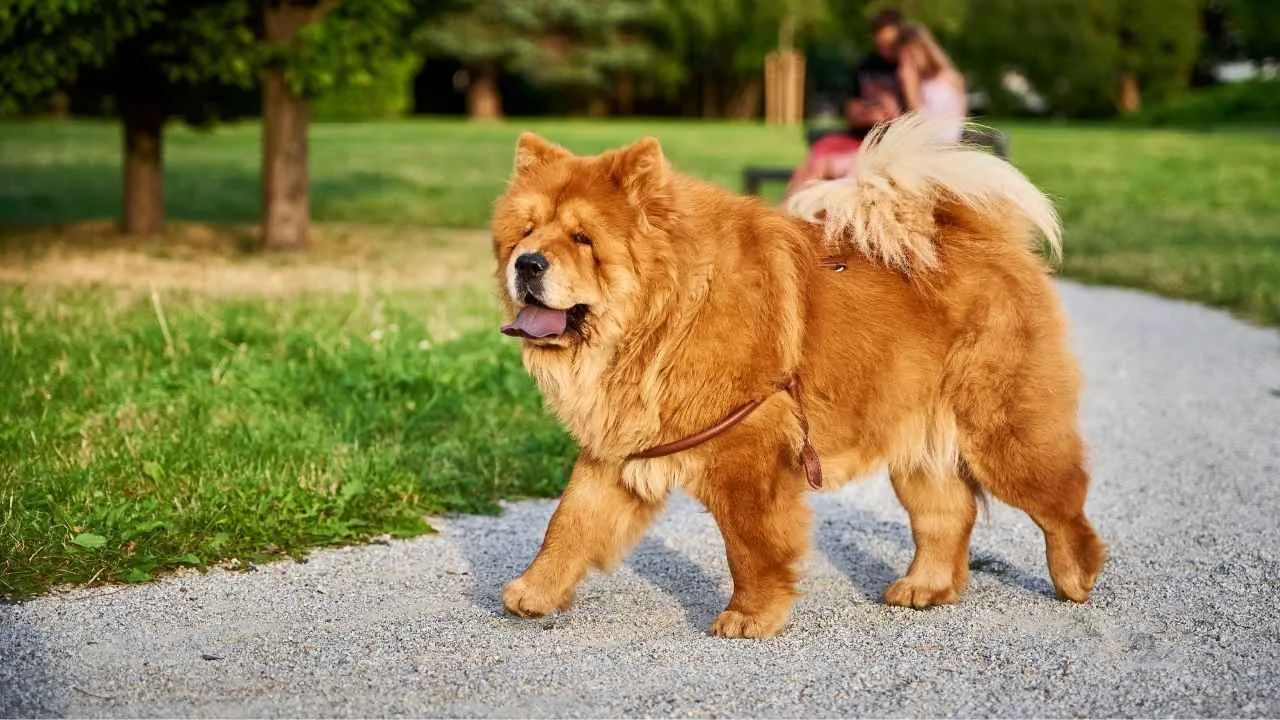
Chow Chow is a gigantic dog! The first thing you notice about it at a glance is how massive it is in appearance.
This is one reason why homes with small kids should avoid having a Chow Chow. Its size and massive build can cause anxiety and fear amongst children.
PDSA states that this dog also comes with an independent and stubborn nature. As a matter of fact, it is difficult to train at times, as it showcases its stubbornness and is tough to manage. Without socialization, that too early in life, and extensive training, these dogs should not be brought home as pets (especially if you have kids).
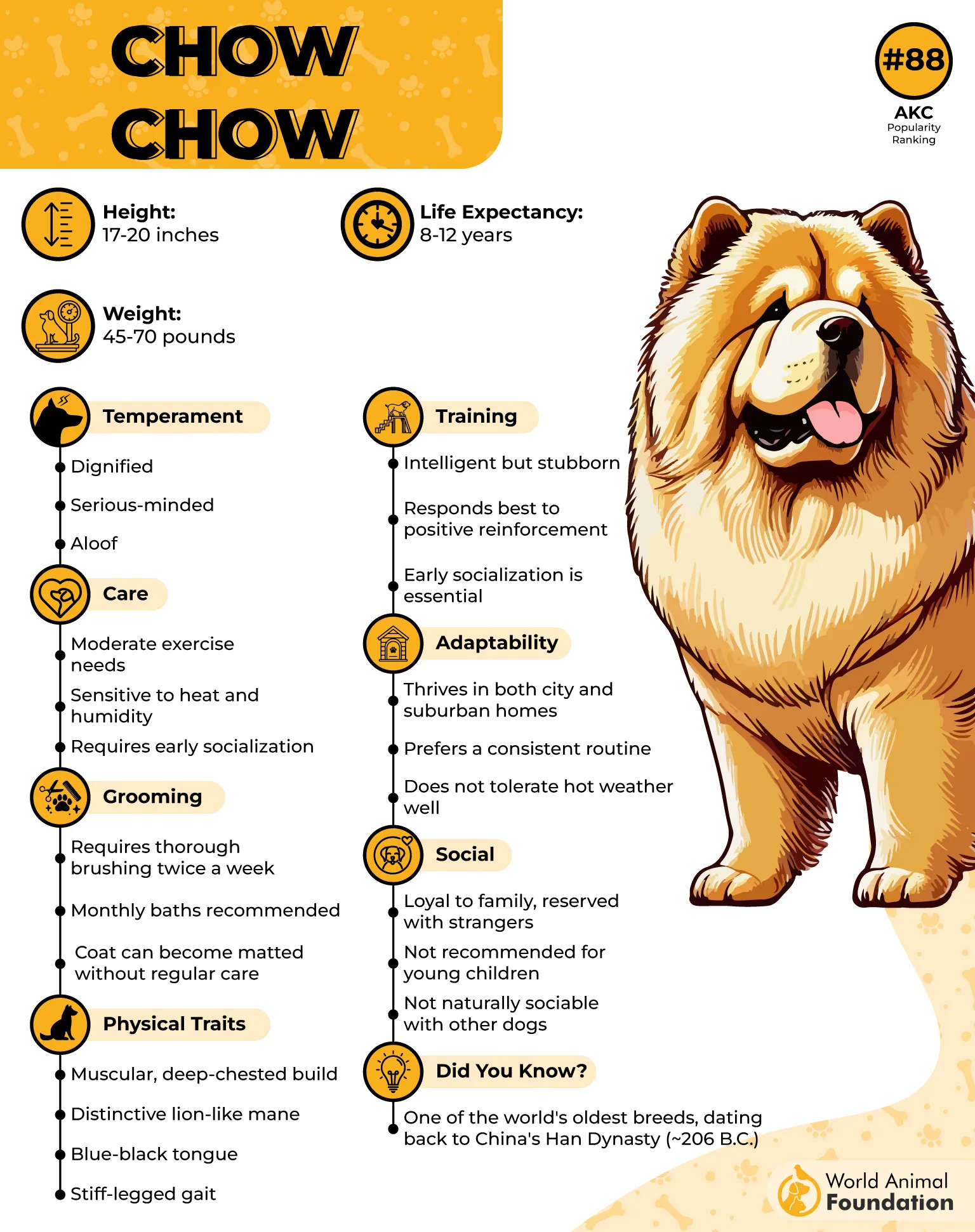
These dogs with a lion-like mane are extremely territorial. Hence, they would guard the homes no matter what. While doing so, they may even be defensive against other kids visiting the home. Hence, this might not be the right choice to bring to your house as a family dog.
These gentle giants are not naturally playful. Rather, they would prefer sitting in the lounge with a serious expression. Obviously, kids would get bored with such a pet and won’t like it much!
3. Chihuahua
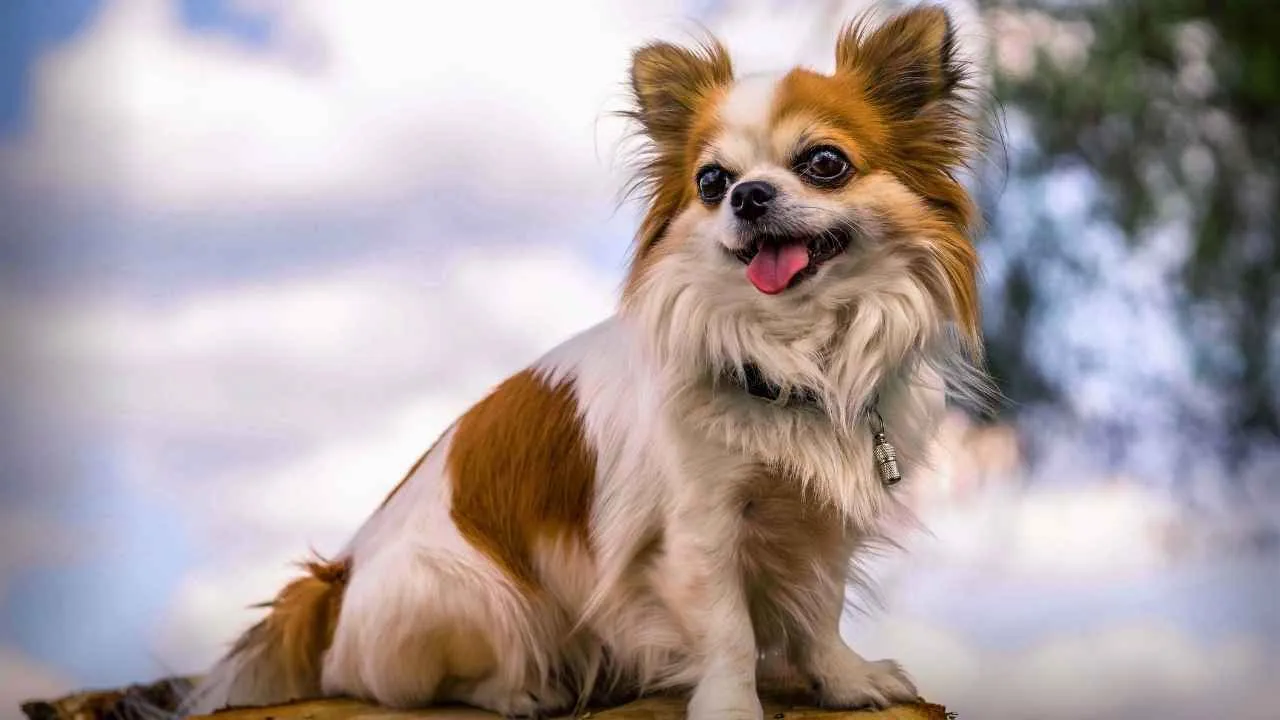
I am sure this will surprise you, but a Chihuahua is also considered to be one of the worst dog breeds to have around kids.
These dogs are known for their signature Small Dog Syndrome. This means, a lot of times, they are naturally inclined to showcase extensive aggressive behavior, which is not expected of them owing to their small size. If this dog gets annoyed or irritated, it may snap at a kid and attack him.
Dogs that are not well-trained or socialized don’t know how to behave around kids. When small children run around with energy or even speak in high-pitched voices, these dogs may get triggered and attack them.
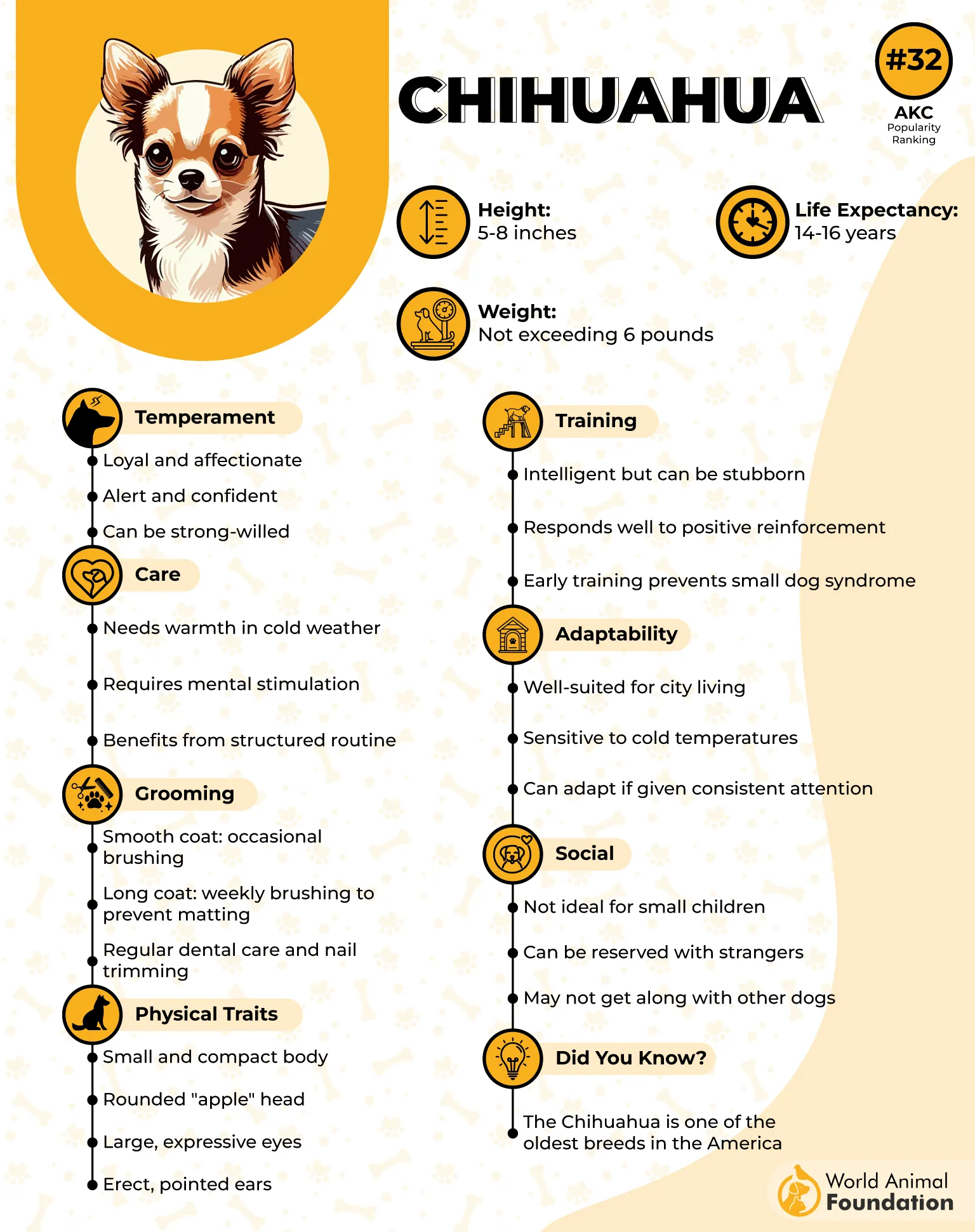
Things can get very unpredictable if you bring a Chihuahua home when you also have children.
This Quora question also says the same thing.
4. Weimaraner
Weimaraner is a proper hunting breed! This massive dog was originally bred to hunt big game.
It still has those qualities left in it. When compared to other dogs who are hunters but can be brought home as family dogs, this one fails miserably.
These energetic dogs are massive in build and might not tolerate rough play with kids.
These big dogs can dominate and intimidate small children.
Their big sizes and high energy are the biggest reasons why they should be avoided at home when you have small kids. They are so energetic that they may even end up knocking down something while running around the house and realize it very late!
This is surely the best dog that you can have as a hunting partner, but definitely not the right one for a home with kids.
5. Rottweiler
Despite the fact that a Rottweiler is extremely loyal, super-affectionate, and highly protective, it is not considered to be the right dog for homes with babies!
Rottweiler is a big dog. It is naturally unsafe to have such a massive animal in close vicinity to a young kid, especially when an adult is not around.
This dog is protective in nature. If you bring it to your home as a pet, it will make sure you are well-guarded. However, as it is super energetic, it can easily topple your small kid while moving around the house.
Having said that, if you have teenagers in the house, getting a Rottweiler would be a good idea. Just properly socialize and train your dog, and you will see how well your kids and the pet turn into besties!
6. Shih Tzu
This dog with a long, double coat is generally considered unsafe around kids.
Now you’ll ask, why is it dangerous for kids despite being so small?
Well, that’s the answer!
WebMD claims they are super tiny.
These dogs are so small that while playing, they can trip up kids by going under their feet and not letting them get up easily.
This can be harmful not only for the kids but for the dogs as well.
Also, kids are not generally aware of how to deal with such a small dog. Shih Tzu is tiny, and rough handling, like tail pulling, can hurt it badly. However, family members who know how to play with it carefully would vouch for its loyalty and affection.
7. Akita
Just like most of the dogs mentioned in here, Akita is also unsuitable for homes with kids owing to their massive size. These dogs are super big in size, heavily muscled, and sturdy.
These dogs are also known for their assertive behavior that stems from their pack mentality. When they get irritated, they may end up being aggressive towards either the kids in the house or the kids coming to the home as guests.
They are also known to shed a lot! Young children may not understand this phenomenon and can end up swallowing the dog hair, leading to several hygiene issues and allergic reactions.
If you are a first-time dog owner, you are not recommended to have an Akita, no matter whether you have small kids at home or not. It can be a little stubborn and hard to manage, causing a lot of anxiety for you.
8. Alaskan Malamute
Alaskan Malamute is another large-sized dog that is unsuitable for homes with small kids.
This dog with a thick double, smooth coat is super fluffy and worth snuggling, but its massive size can be dangerous for small kids.
Though it is an intelligent dog, if it hasn’t grown up in a house with kids, it would find it difficult to understand the size difference between itself and the kids. Hence, it can accidentally knock down a kid while trying to play with him affectionately.
If you have big kids who have outgoing personalities and love playing, this can be the best dog breed to have in the house.
Give your dog early training and socialize it well with older children to understand how to manage in a house that has adults and teenagers living together.
9. Dachshund
Being territorial, Dachshunds are considered to be generally unsafe around kids.
Though this energetic breed is a loyal companion of humans, it should be avoided to have at homes with small kids.
Owing to being territorial, as Britannica mentions, they may get snappy at any kids who come to the house as guests. Their protective streak may turn into unreasonable behavior.
This could also be due to your child’s personality. The dog may feel uneasy around him and react aggressively, leading to unforeseen situations.
Also, this dog comes with a ‘big dog attitude’. Training may be tough! For pet owners, it is recommended to start their socialization and proper training process right from a young age.
Definitely not the right dog breeds for kids!
Conclusion
Different breeds come with different features, and you shouldn’t expect every dog to be a ‘nanny dog’ for your kids. To ensure the safety and security of your child and guarantee that bringing a dog pet to your home wouldn’t cause a ruckus, it is necessary for you to do proper research.
Choose the right dog depending on the lifestyle of your family as well as the temperament of the dog. Some other dogs that are not considered to be safe around kids when not properly trained are Australian cattle dogs, Golden retrievers, Chesapeake Bay retrievers, Pit bulls, German shepherds, Doberman pinschers, and Siberian huskies.
No matter which dog you choose, ensure providing it rigorous training, offer it early socialization, and respectful human interaction for its seamless integration in your home.


